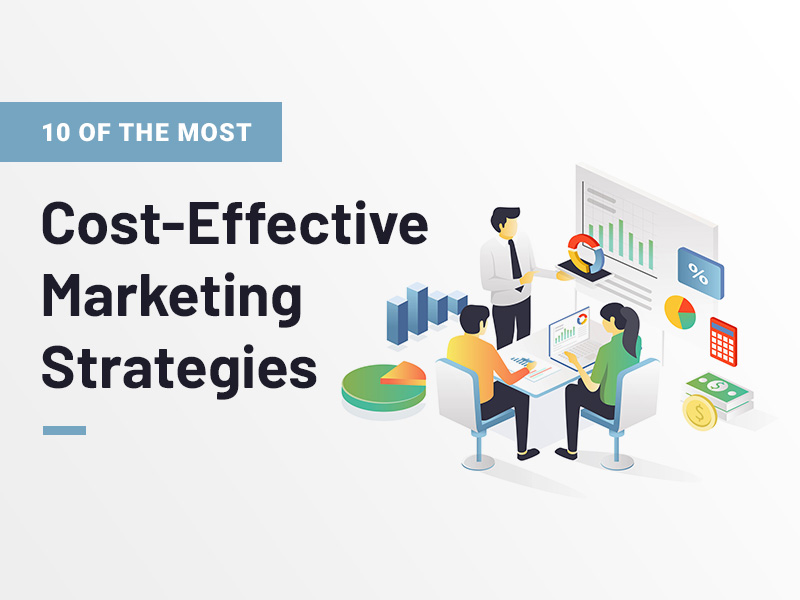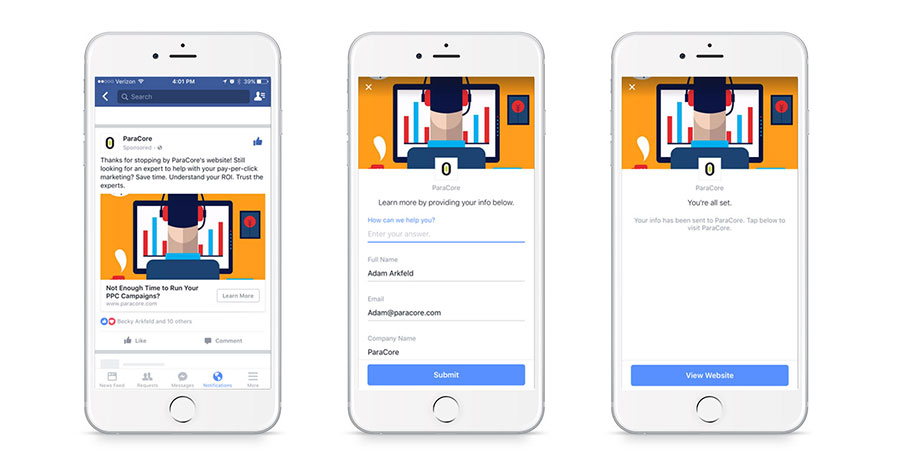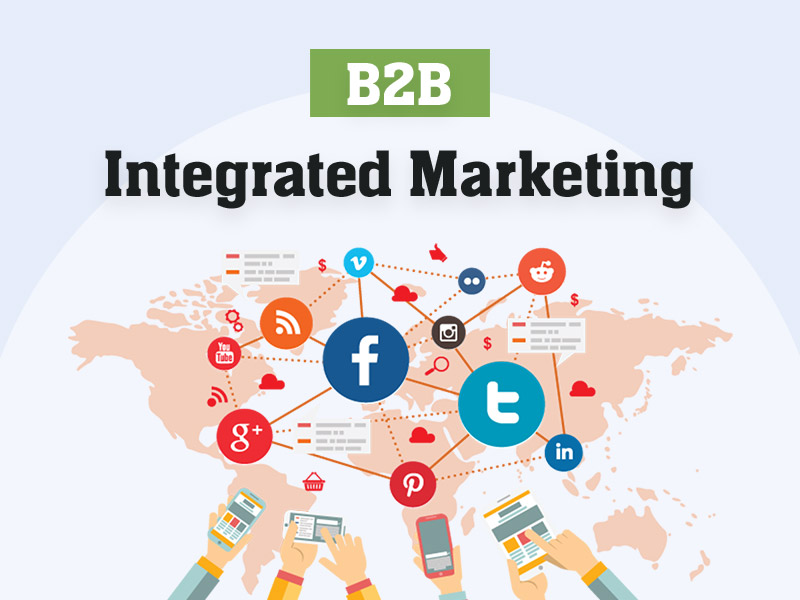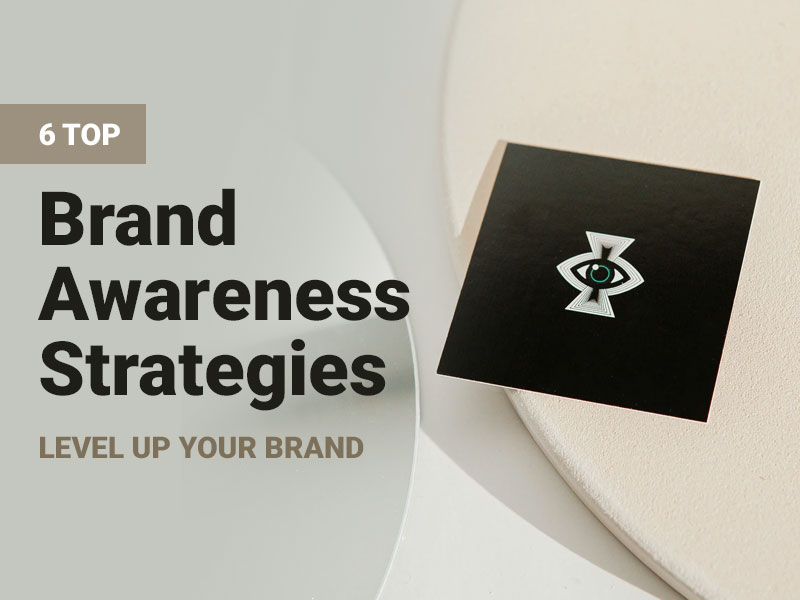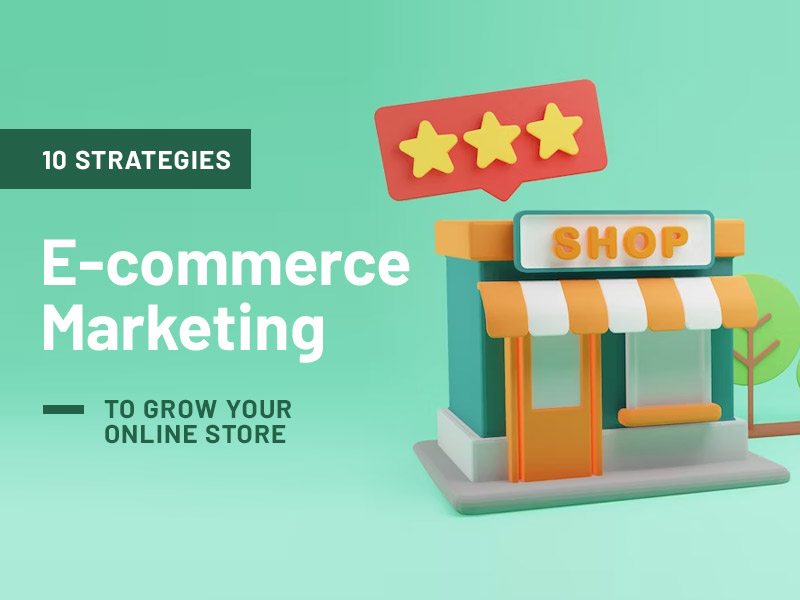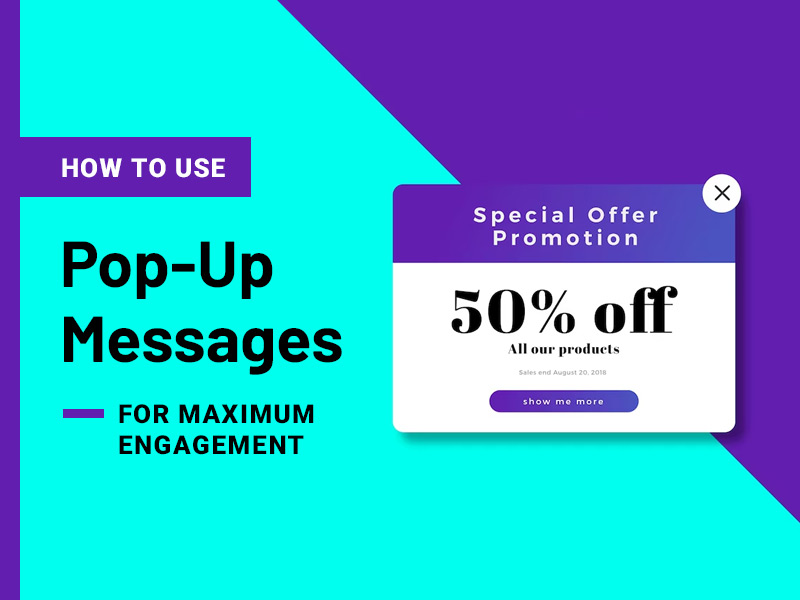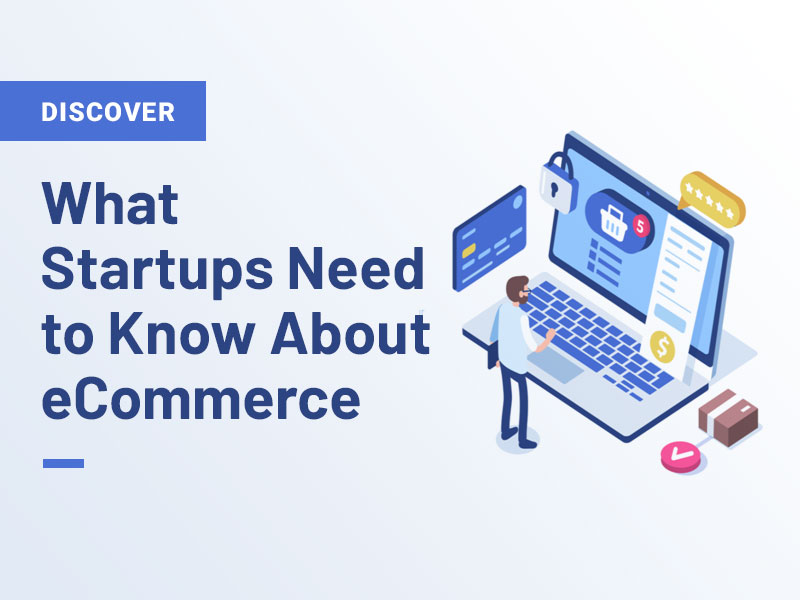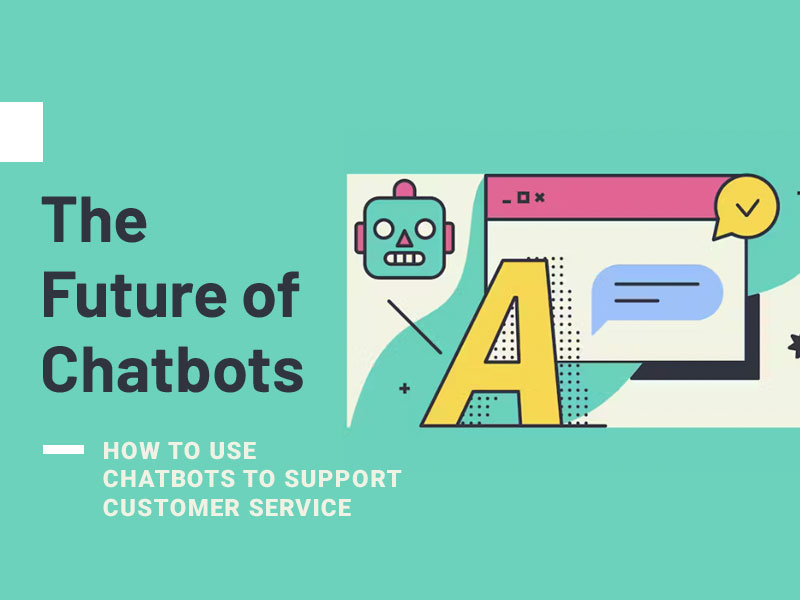Now’s the best time to run a business. Because of the internet, it’s easier to market your services or products. You’ve got options beyond the costly TV ads, telemarketing and newspaper ads, typically costing hundreds and thousands of dollars, even going up into the millions for placement on major TV events.
Consider how the cost per thousandth person reached (CPM) on a national broadcast came in at $32 whereas the average CPM on a Google display network ran at $2.80 some years back. Digital advertising is cheaper than traditional advertising; this marketing method is even more efficient because it’s targeted, eliminating wasted or lost impressions.
You could even attempt to do the marketing on your own with a few specialists to guide you, and still get favorable results.
Of course, the outcome of your digital marketing efforts depend on the strategies you’ll apply to build a brand, establish market share, increase sales and revenues, and grow a company.
But which digital marketing strategies are the most cost-effective? Let’s look at some of the options available:
Cost-Effective Marketing Efforts to Grow Your Business
Build an optimized website
In a world when 4.9 billion people are active users of the internet and 93% of Americans go online, limitless business opportunities are waiting to be tapped. If you don’t have an online presence, you lose some of those lucrative opportunities. And a good way to introduce your business is through a professional, optimized website.

Yes, a page on Facebook or Instagram also counts as an online presence. But a website is accessible to more people and further legitimizes your brand. It establishes your credibility, giving comfort to people that they’re dealing with a real business.
A searchable, user-friendly and engaging website is a long-term investment. Do it right, and your website could be a marketing machine, capturing qualified traffic, delivering conversions and building your brand.
SEO work for your website will cost anywhere between $500 (freelancers) to $5,000 (agencies) whereas a full page newspaper ad for a national paper like USA Today runs at over $153,000. Ads on small town papers typically cost $1,000. Print ads may run only one-time, which means your ad has no guarantee of getting conversions. An optimized website gives your marketing budget more mileage.
How does your web developer optimize for a high-performance website?
- Optimize your CSS performance
- Minify HTML, CSS and JS
- Choose a minimalistic framework
- Improve speed with CDN and caching
- Follow a good API design
- Compress files and optimize images
- Use HTTPS to secure your website
All of these things make it easy for people to find, explore and do transactions on your website. Keep users happy and they’ll continue to return, even suggest your site to others.
Do SEO marketing
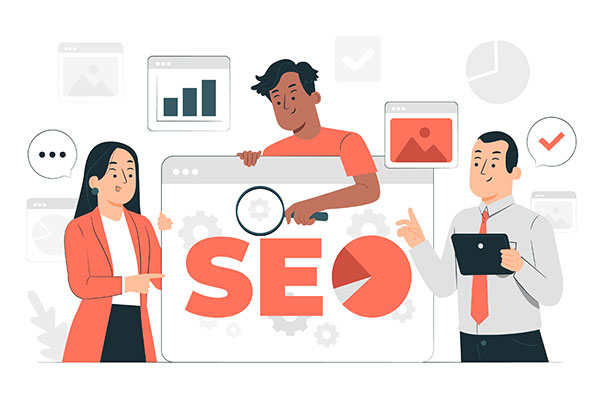
An optimized website will mean nothing if people can’t find it online. Consider the following consumer behavior:
- 81% look up a company online before purchasing
- 28% of American shoppers use their mobile phones while in stores to look up product reviews, compare prices and find discounts
Technical SEO – focuses on the backend of your website, the site’s code; its architecture determines whether search engine algorithms can understand what it’s about and rank it accordingly.
On-page SEO – works on optimizing your website’s pages so that each one ranks for a keyword your business is targeting.
Off-page SEO – is about building links from other websites; get enough links with quality content writing from reputable, relevant sites and you earn the trust of search engines.
What SEO tactics can you use?
➔ Match your keyword research with the search intent of users.
Are they interested in a particular product (commercial) or are they ready to buy (transactional)? Get the right keywords for the search intent, and your content pieces will get clicks.
➔ Use the E-A-T guidelines to develop your content.
Google’s algo favors content that follows the E-A-T (Expertise, Authority, Trustworthiness) because it indicates the value of what you have to offer users.
➔ Maximize your reach with content syndication.
When you’ve got an especially well-crafted, researched and timely content, republish it on other websites. That syndicated piece will link to the original article, so avoid getting penalized for duplicate content with proper canonicalization.
➔ Optimize for rich results.
Your website may rank for videos, FAQs or article carousels because the search engine results pages of Google has room above the organic results; rich snippets occupy the best position on SERPs, and they get about 47% click-through rate (CTR) whereas the first organic result gets about 39% CTR.
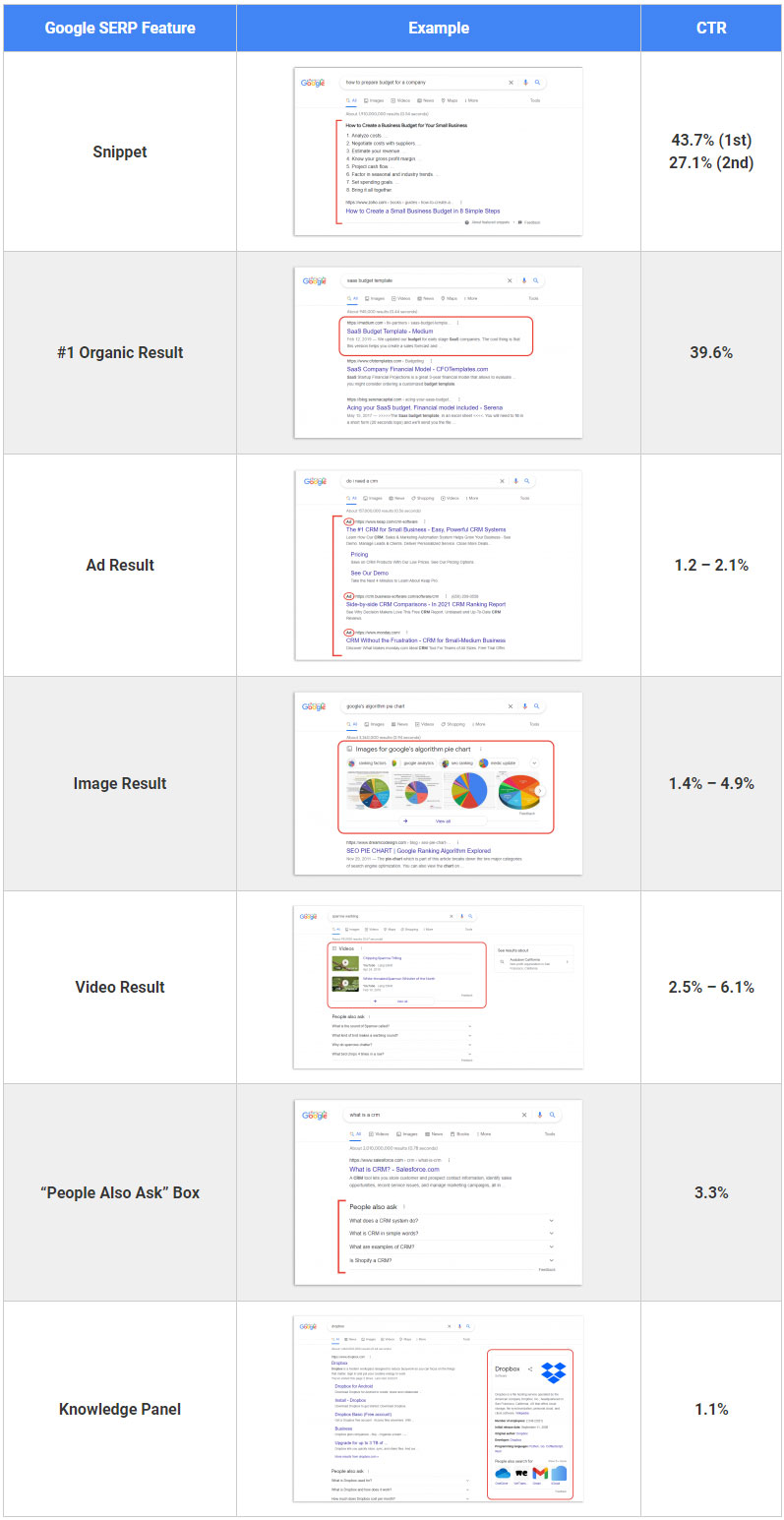
➔ Follow a mobile-first approach.
Google’s mobile-first indexing uses the mobile version of your content to rank and index. So add a clickable table of contents. Write shorter sentences and break down long paragraphs. Don’t use small text or large images. Use more white space.
Because search engines, mostly Google, continually improve their algorithms to refine results, some optimization methods may change. But now matter what algorithm update is rolled out, focus on improving user experience. Produce high quality and relevant content. And have patience for results.
SEO is a long game. Ranking doesn’t happen in weeks; takes a while to get significant visibility and traffic. But do it right, and you’ll set up your business for long-term success.
Leverage the popularity of social media
The average person spent about two hours and 24 minutes on social media last year. Most spent that time on Facebook, followed by TikTok then Twitter, Instagram and Snapchat. LinkedIn came in last.
Leverage the popularity of social platforms by learning where your target audience spends most of their time.
Although TikTok has gained massive following, with videos of regular people appearing on national TV, not every business is going to be a match for its audiences. Or even for its purpose because most videos on TikTok are for entertainment. About 24% use the social media platform to learn or get inspiration.
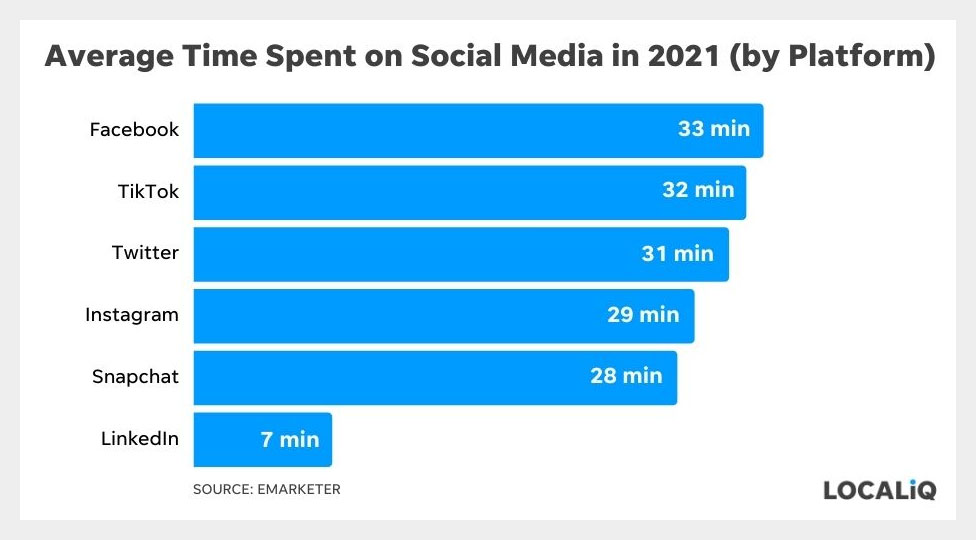
Some marketing ideas to consider on social media:
- If you’re in retail do a shoppable live stream on Facebook or Instagram
- Work with a micro-influencer because they have a higher engagement than costly big-name influencers
- Personalize your marketing message because 70% of users will engage with a business that does it
- Excite your target audience with contests
- Encourage customer feedback to gain insight
- Answer relevant questions to educate or connect with users
Use Facebook lead ads
When users click on a Facebook lead ad, it auto populates their data based on their public profile. It’s information you can use to get insight about your customers. You could collect names, emails and phone numbers. You could also customize questions just as you would on targeted ads.
Learn more about your customers, and you can create and send the kind of content they need.
Go local
Traditional and local SEO both focus on moving you up on the search engine results ranking. But fundamental differences separate the two in terms of target audience, content, and link citations (or backlinks).
Local SEO captures people looking up specific businesses whereas traditional focuses on people looking for information about anything. When it comes to content, local targets area-specific keywords and traditional targets general keywords. For example, someone in San Francisco may look up “vintage stores Ashbury Heights,” but someone in the same state, who has no intention of finding a certain business or buying, may just type, “vintage stores.”
What’s the big deal with local searches?
- 46% of searches on Google had local intent
- 28% led to a purchase
- 72% of Google users went to a store within 8 km of where they were searching
- 78% of location searches will result in an offline conversion
Local searches lead to action. How do you make the most of those opportunities?
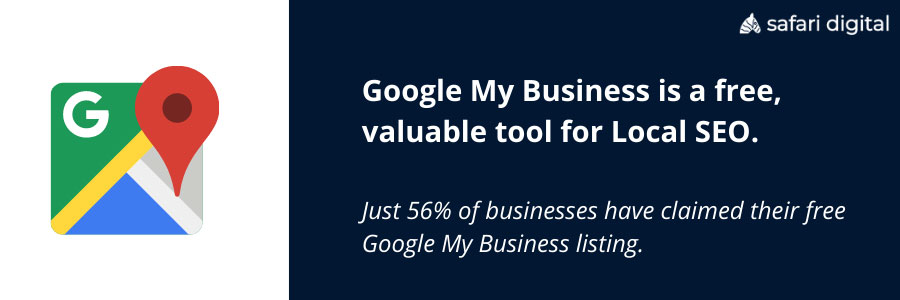
A basic local SEO checklist would cover the following:
- 46% of searches on Google had local intent
- 28% led to a purchase
- 72% of Google users went to a store within 8 km of where they were searching
- 78% of location searches will result in an offline conversion
Optimize your Google My Business profile
Claim and optimize your Google My Business (GMB) account – it’s free and easy to register. A GMB is a free business listing from the search engine. It allows you to set up a profile containing details and photos of your business. It’s for businesses with a physical location.
When you set up your GMB profile, use keywords and the most recent photos. A GMB profile gives you real estate on the local section of the SERP, on Google Maps and on the Knowledge Panel.
Your GMB not only makes it easy for your customers to learn about your business and get updates on your hours of operation or new locations. It also introduces you to new customers who may be looking for a service or product you provide. So claim it and optimize it if you haven’t already.
Encourage customer testimonials
Another key element to a GMB profile or any business profile is the customer reviews. Most people will want to find out from other customers if a business is worth their time and money. Some 88% of people who do local searches look for reviews before they engage with a business.

Positive experiences from previous customers build trust with new customers. And word-of-mouth endorsement is always cheaper than any sort of marketing.
So try to encourage reviews from customers. If a negative comment pops up, address that customer’s concern instead of ignoring it. Flip their bad experience to a positive one by offering to resolve the issue or providing a discount on their next visit.
Launch email campaigns
On average, email marketing delivers ROI of $1 per $44 spend. This digital marketing tactic helps your business generate and nurture leads, and maintain a connection with your loyal customers.
Email marketing can cover a range of content ideas, from updates about your products and services to educational pieces. The key to getting the best results is to customize your emails to the users.
How do you create custom emails that get high CTR?
- Pool data by adding an email preference when users sign up (e.g., frequency of receiving emails, types of emails preferred, etc.)
- A/B test the body of your email to tell whether the content triggers an action
- Do plain text instead of HTML emails because they load faster and simpler
Advertise on a pay-per-click model
SEO does provide organic traffic, which saves you money from advertising. But a digital marketing strategy delivers greater results when you combine organic efforts with paid efforts.
And a pay-per-click model is a cost-effective way to advertise your business. You pay only when someone clicks on your ad.
On average, the ROI on PPC ads is $2 per $1 spent. On Google Ads, though, you get more for your buck: $8 per $1 spent.
But you only get those returns when the clicks turn to conversions. How do you reach your goal?
- Pool data by adding an email preference when users sign up (e.g., frequency of receiving emails, types of emails preferred, etc.)
- A/B test the body of your email to tell whether the content triggers an action
- Do plain text instead of HTML emails because they load faster and simpler
Host virtual events
Finally, market your business on live video. Live videos work for retail companies because you could do a live shopping session. It’s a good way to meet your sales and revenue goals.
But live streams aren’t just for retail brands and shopping; use the method to build up and boost exposure for your business.
Users click on live videos that are about product reviews, special announcements or virtual events.
What’s the best way to do a virtual event?
- Set a clear goal for your live virtual event
- Pick the right platform to reach your target audience
- Think about different time zones when scheduling your virtual event
- Promote your virtual using keywords to improve search potential
- Create an engaging program with influential speakers or guests
- Engage with your audience during the event through Q&A
- Send a post event follow up to stay connected with your audience
What Makes a Cost-Effective Marketing Strategy?
A lot of your costs in digital marketing will be low compared to traditional marketing. Social media interactions, blogging, sending targeted emails – all of these tactics will not be as pricey to produce as a publicity campaign or a TV spot.
And unlike TV or print ads and billboards, digital marketing offers a targeted way to deliver your message. Because it’s also easy to track and monitor, online marketing tactics allow you to make informed decisions about the direction of your strategies. This way, you also get to direct funds where they’ll be able to deliver the best results.
The many tactics digital marketing offers help you capitalize on more opportunities even when you’re a small fish in a big pond.
Use a combination of the cost-effective marketing strategies here and stay updated with changes in the online world. Because new technologies sometimes shift consumer behavior, flexibility in your marketing efforts will be vital to the marketability and profitability of your business.
